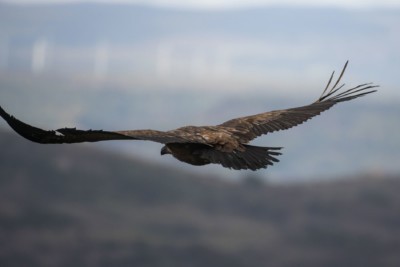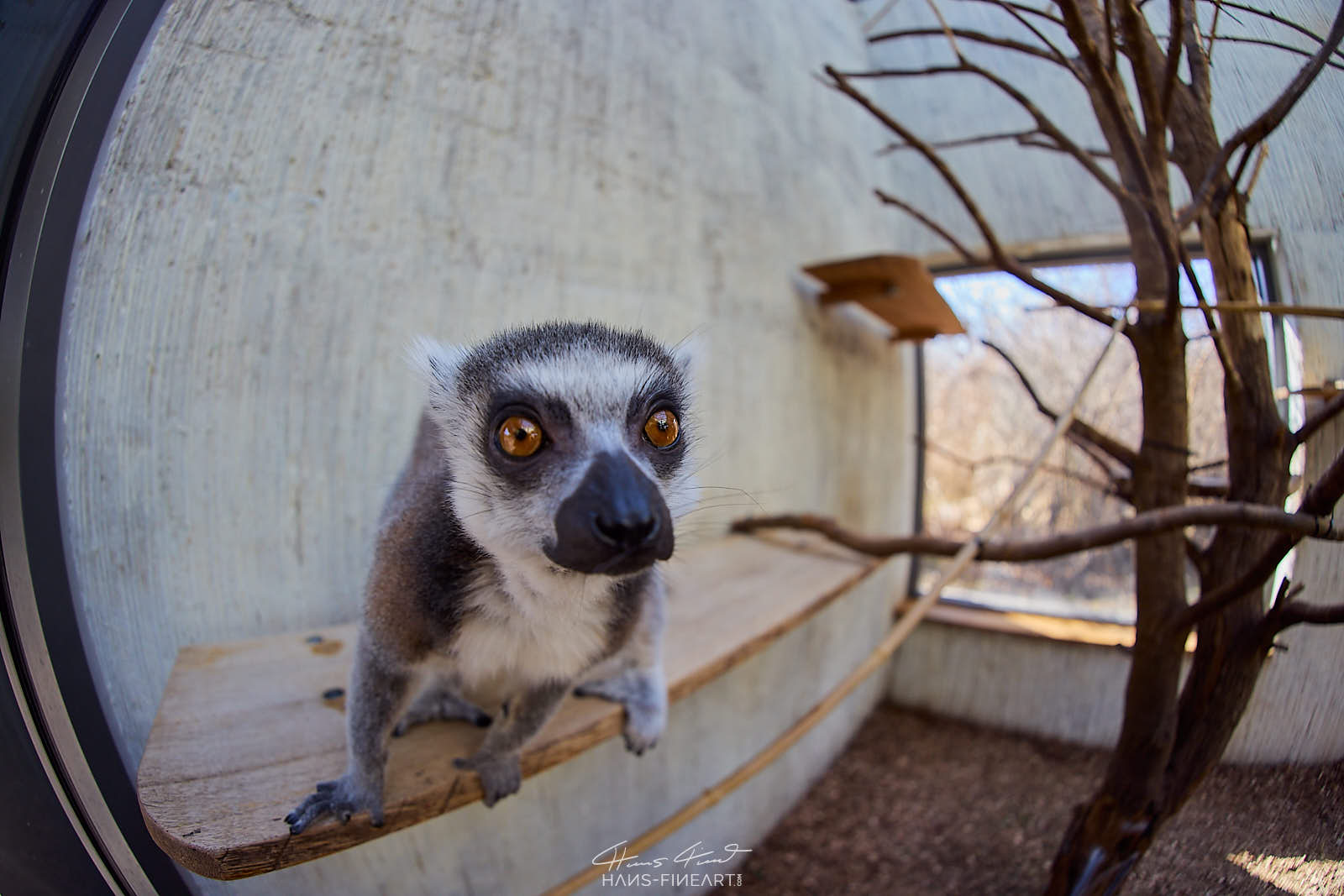Young griffon vultures released into the wild
Animal news | 12 November 2021

Nearly one year ago to the day, our two young male griffon vultures, who hatched in 2019 and 2020, left us for Sardinia, where they joined a reintroduction project supported by the Vulture Conservation Foundation (VCF). After about 20 days in a quarantine station at the Bonassai Wildlife Recovery Centre, the birds were taken by a team from LIFE Under Griffon Wings, the predecessor of LIFE Safe for Vultures, to an acclimatisation aviary in Monte Minerva where they have spent the last few months getting used to their new Mediterranean habitat.
Having been tagged with a GPS transmitter, which enables local conservationists and our colleagues in Dresden to learn more about their flight patterns and range, “Dresden 1” and “Dresden 2” flew off in the direction of the village of Sassarese in northern Sardinia.A wonderful success story, which was ten years in the making. Back then, seven young griffon vultures were brought to Dresden Zoo: the aim was to breed the species and make the offspring available for reintroduction projects across Europe. The current project in Sardinia, where Dresden 1 and Dresden 2 are now learning to ride the thermals, has successfully released over 60 griffon vultures from breeding programmes and zoos into the wild in recent years.
+ + + Griffon vultures in Sardinia + + +
Sardinia had an estimated 800 – 1,200 griffon vultures until the late 1940s. After the end of the Second World War, the population fell sharply, as a result among other things of poisoned bait laid down for them, a practice that was banned in 1977. A survey in 2013 revealed that there were only 130 griffon vultures left in the north of the island. After intensive work and awareness-raising campaigns by local conservation organizations, the griffon vulture population managed to stabilise and recover significantly. The population was thought to be between 230 and 250 at the end of 2019.
